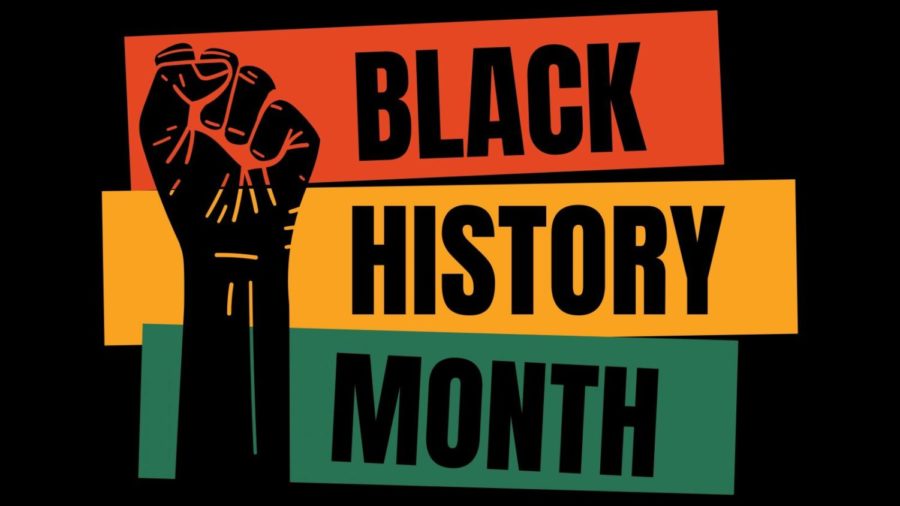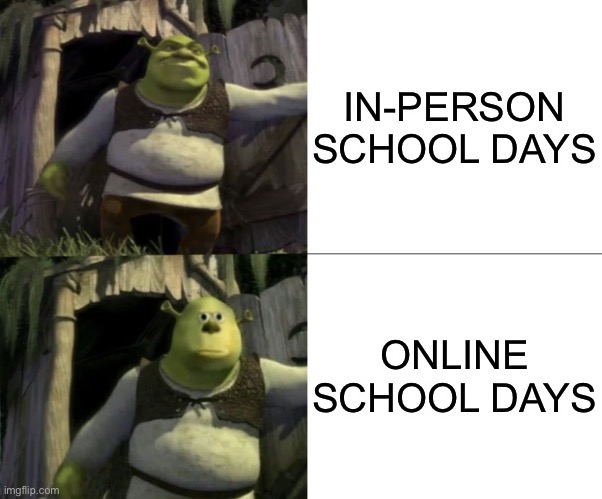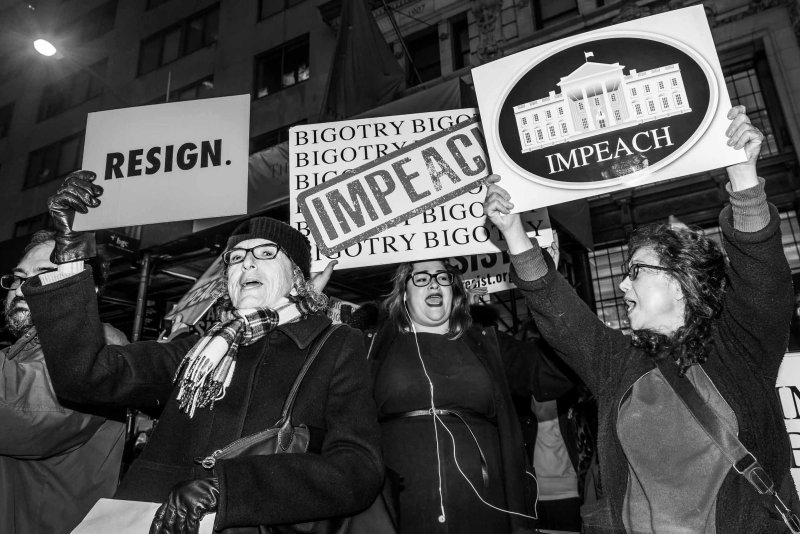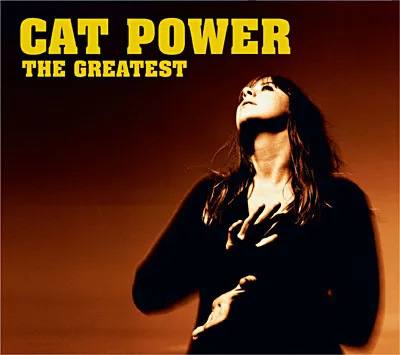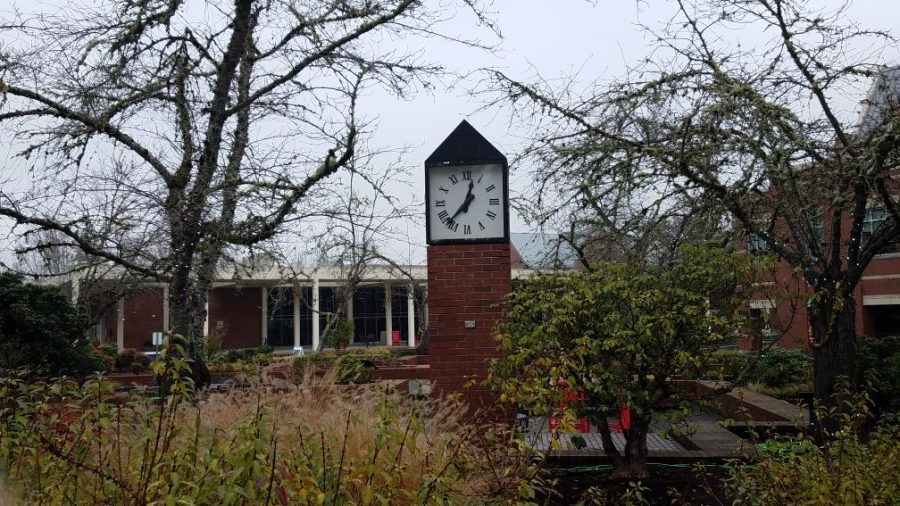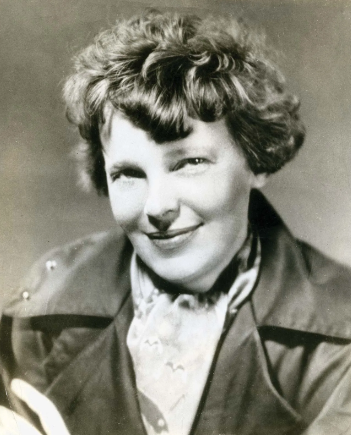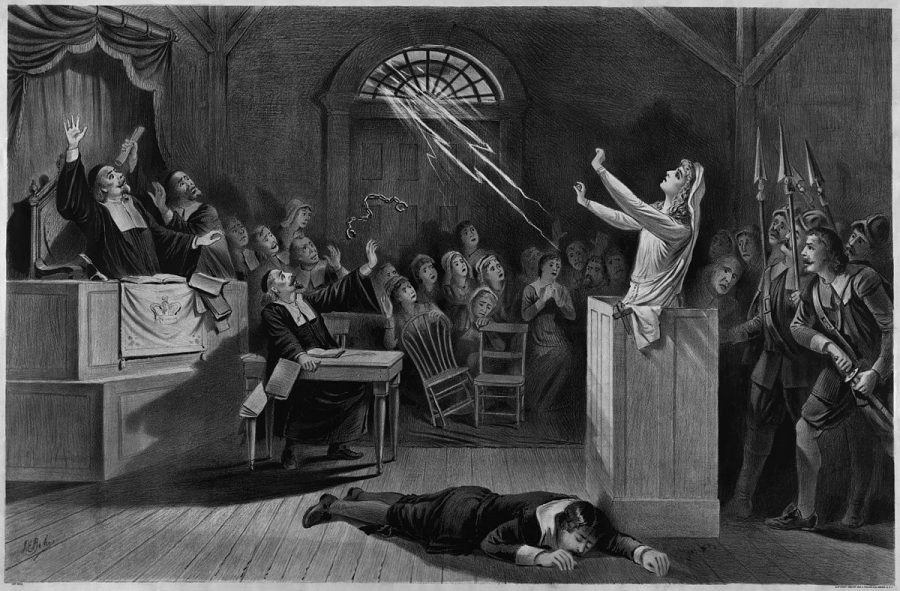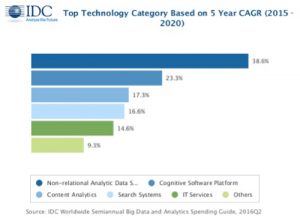HB2: The Current Abortion Supreme Court Case
August 12, 2018
Starting March 2nd, The Supreme Court began to hear arguments for Whole Woman’s Health v. Hellerstedt, the first major abortion case heard by the court in more than 20 years. The last prominent case was Roe v. Wade in 1973, which ruled that a Woman’s right to abortion is protected under the 14th Amendment. Since then, over 54 million abortions have been performed in all 50 states. From state to state the regulations vary, but as of now, women all over our nation have easy access to abortion, in theory at least.
The current case being heard by SCOTUS (Supreme Court of United States) has to do with restrictions being placed on abortions, specifically in the State of Texas. The law under question is the Texas House Bill 2 (commonly referred to as HB2). Passed in 2013, HB2 enforces two major restrictions. First, clinics have to be equipped to function as surgical centers or mini-hospitals, and secondly, doctors have to be affiliated with nearby hospitals in order to perform abortions. This decision doesn’t just affect women in Texas, but women all over the country. Whatever decision the Supreme Court makes, an important precedent will be set that will decide whether other states will be able to put similar restrictions on reproductive care.
These restrictions have caused the closing of more than half of the State’s abortions clinics because of the expenses needed to meet the restrictions, leaving only eight clinics open in the entire state. The eight clinics are all located in metropolitan areas in the northern part of state, and none are open west or south of San Antonio. Texas ranks second in the number of women and girls living in the state who are of reproductive age, with 5.4 million possibly needing access to abortion. With these new regulations, many women are forced to drive many hours in order to even get to a clinic. Others simply decide not to make the drive, becoming either unwilling mothers or victims of backroom illegal abortions.
Supporters of the law argue that the restrictions in place, which impose stricter health and safety regulations on clinics, are merely safety precautions whose main purpose is to protect women, and that they aren’t an attack on the right to abortion but actually a promoter of women’s health. The law, especially for pro life advocates, is considered a victory because of the restrictions it places on abortions of fetuses at 5 months or more of gestation. With the implementation of HB2, Texas Attorney General Ken Paxton stated that the restrictions were “not only constitutional, but common sense.”
Dissenters of the law argue that these restrictions have been put into action by pro-life advocates who strive to make it more difficult for women to have legal abortions. Anthony Romero, the executive director of the American Civil Liberty Union (ACLU) stated, “This law is part of a coordinated national strategy to shut down women’s health centers and outlaw abortion all across the country.”
As if the stakes of this case weren’t high enough, with the recent death of Justice Antonin Scalia, a famously conservative judge, there is a very possible chance that the court may rule 4-4, which would mean that HB2 would be automatically upheld. As the Supreme Court began to hear arguments, it was immediately clear that the court is divided, and that Justice Kennedy will most likely be the deciding factor in this case. The three more conservative judges currently on the court, Justices Thomas, Roberts and Alito, pushed the sentiment of the constitutionality of the law. “Why is there not direct evidence for particular clinics?,” asked Justice Alito while questioning Stephanie Toti of New York City, the lawyer speaking for abortions clinics, on whether the law needed to be changed. Meanwhile, the more liberal justices (Ginsburg, Kagan, Breyer and Sotomayor) focused on the issue of the possible undue burden of the law and its effect on women. “The two main health reasons show that this law was targeted at abortion access only?” asked Justice Sotomayor, emphasizing what she believes is the true purpose of the law. Justice Kennedy, (again, considered the swing vote on the court) mostly listened to the arguments, but when he did speak he appeared torn, questioning the validity of both side’s arguments, and asked Toti, if it would be “A) proper, and B) helpful, for this court to demand further findings on clinic capacity”, which was his way of suggesting that more evidence might be needed, which would send the article back down to a lower court.
No matter what decision is made, one thing is clear: the decision will carry a lot of weight, and affect a large number of women, whether it be in favor of or against the law.
A decision is expected to be made in June, 2016.











